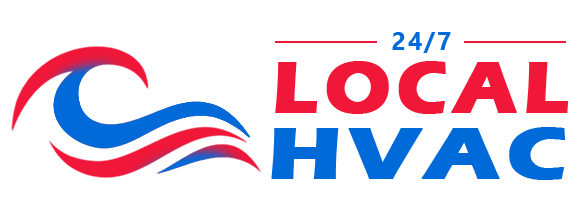The Heat is On…Isn’t it? 7 Common HVAC Problems in the Winter
 You’ve been waiting for this day all winter long. You’ve got the day off and a game on TV, a bowl of popcorn in your lap, and a blanket (or pet) waiting for you on your couch. At first you don’t notice it, but soon it becomes an unavoidable fact. Your HVAC system isn’t working, and your popcorn is getting very cold, very fast. Why isn’t the heat working?
You’ve been waiting for this day all winter long. You’ve got the day off and a game on TV, a bowl of popcorn in your lap, and a blanket (or pet) waiting for you on your couch. At first you don’t notice it, but soon it becomes an unavoidable fact. Your HVAC system isn’t working, and your popcorn is getting very cold, very fast. Why isn’t the heat working?
1. Thermostat Issues
From an outdated thermostat to faulty wiring or electronics, thermostat issues weigh in at the top of common HVAC problems in the winter. Some signs you could be dealing with a failing thermostat can include:
- Inconsistent temperatures
- Continued thermostat problems after changing the batteries
- Furnace won’t turn on or off automatically
- Thermostat has no power, display is blank or dark
A thermostat issue can be usually resolved by rewiring, replacing the batteries, or simply replacing the unit itself and having a pro calibrate it to your furnace system.
2. CO Leaks
While a CO leak won’t prevent the furnace from working, it’s a dangerous condition that needs to be addressed in any list of common HVAC problems. CO is an odorless, poisonous gas that can go undetected until it’s too late. Inadequate ventilation, clogged chimneys and vents, and cracked heat exchangers can all play roles in carbon monoxide leaks.
Your home may have a carbon monoxide leak if you or your family are experiencing:
- Fatigue, lethargy, or weakness
- Headaches
- Dizziness
- Difficulty breathing
- Blurred vision
- Loss of consciousness
- Confusion
- Cherry red skin coloration
- Nausea
CO leaks are one of the top killers of the winter season, and the risks should be taken seriously. Always have functioning CO detectors on every floor, and have a professional evaluate your entire heating system to ensure there are no leaks. If you suspect one, get out of the home immediately and call the fire department.
3. Clogged or Dirty Heater Filters
During times of heavy use, heating system filters can become clogged with debris such as dust and dog hair. When the filters clog, they cause a decrease in air circulation. Keep these filters clean, replacing them as needed, and free of any obstructions.
4. Frozen Pipes
Frozen pipes are a real possibility as the days and nights grow colder. They’re a nightmare for your plumbing, but an equally big nightmare for hydronic systems that use steam and hot water circulation to heat the home. If not properly addressed, pressure buildup from these pipes can cause them to burst. So what are some signs that this is your issue?
- Decreased water pressure
- Bulging pipes
- Banging or gurgling sounds when water is turned on
- Condensation on pipes
- Odd odors from drains
If you suspect your pipes have frozen, shut off the water. You can raise the temperature of the affected pipes with towels, space heaters, heating pads, or even a hair dryer. Pipes only need between six to eight hours to freeze at temperatures of 32 degrees externally or 20 degrees for your internal pipes.
5. Fouled Fuel or Empty Tank
Oil furnaces or boilers present an additional headache in the winter when they run low on fuel. If the tank runs out completely, even refilling it won’t get the unit to fire up until you prime the system. If your tank is running extremely low, the fuel you are pushing through your system is full of filter-clogging sediment. You can’t always rely on a fuel gauge’s accuracy, so your best bet to keep the heat on and your oil-fired systems clean is to keep the tank above the halfway mark all winter long.
6. Heating System is Blowing Cold Air
Nothing is more frustrating than turning on the furnace and being greeted with a blast of cold air from your system. Check the blower to make sure there is nothing obstructing it. If it’s clear and the problem persists, you may have a faulty or broken heating element. This is a situation that calls for a professional HVAC repair technician.
7. Increased Energy Bills
Some fluctuation in your energy bills is normal, but if you see them trending upwards you may have a bigger problem on your hands, such as:
- Leaking ducts
- Outdated equipment
- Lack of proper preventative maintenance
- Malfunctioning thermostat
- Dirty or clogged filters
- Leaks from windows and doors


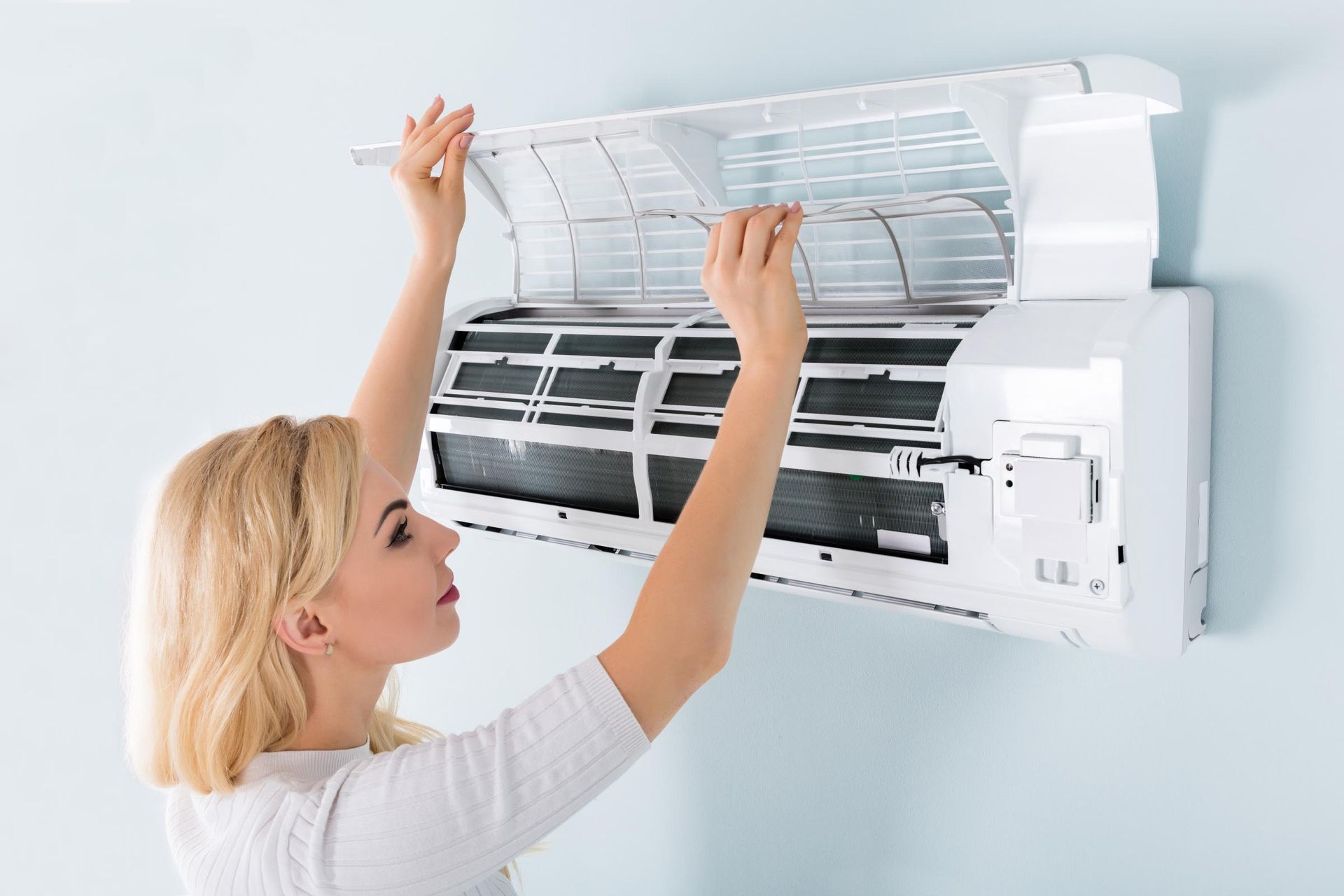
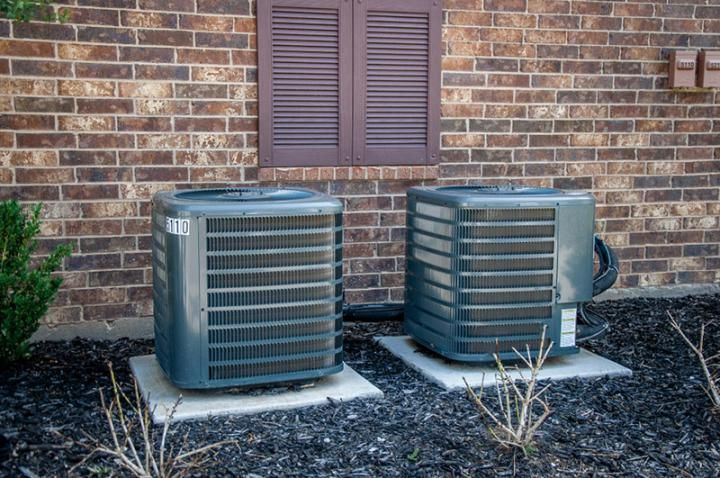

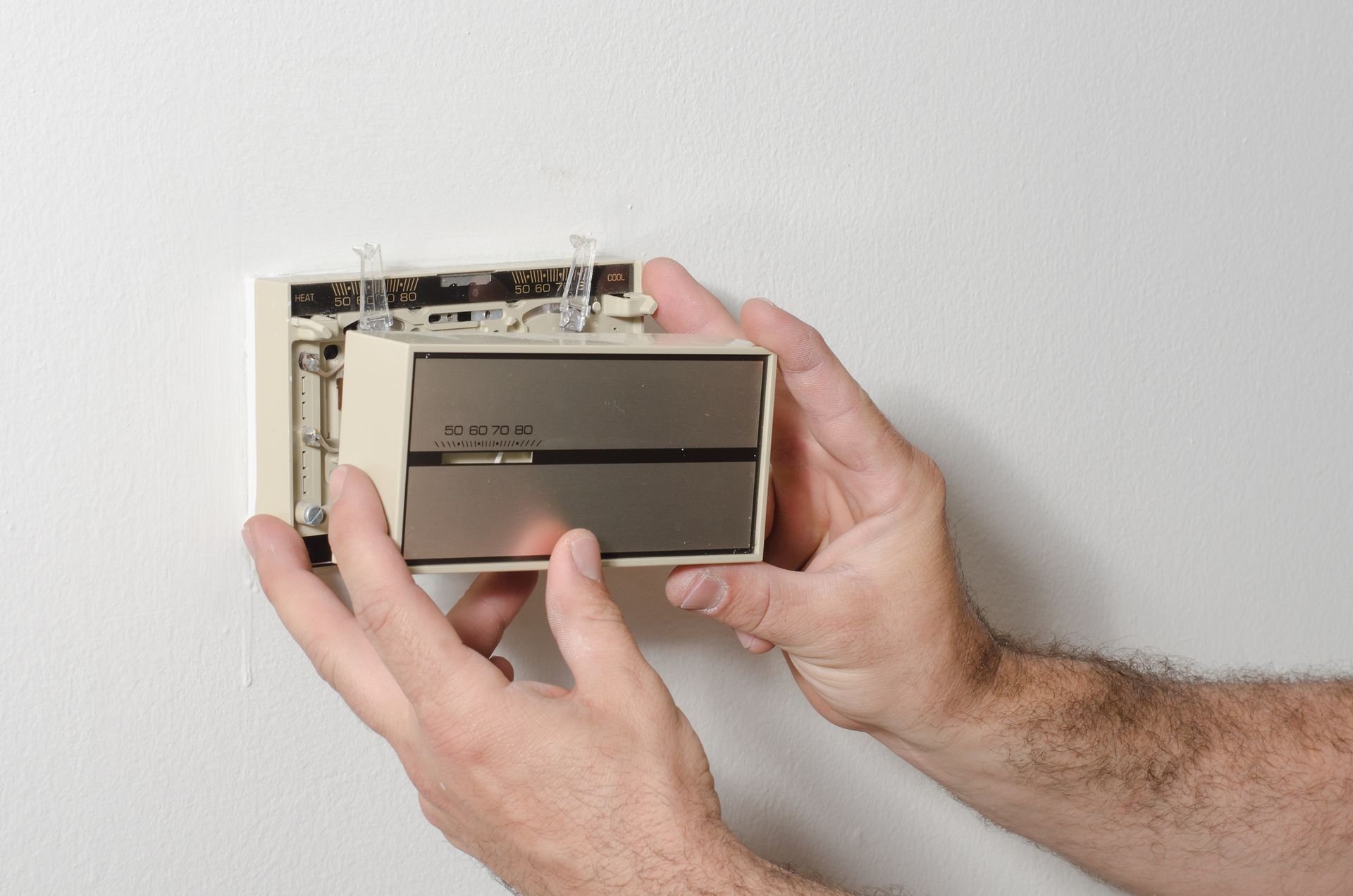

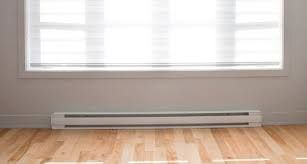
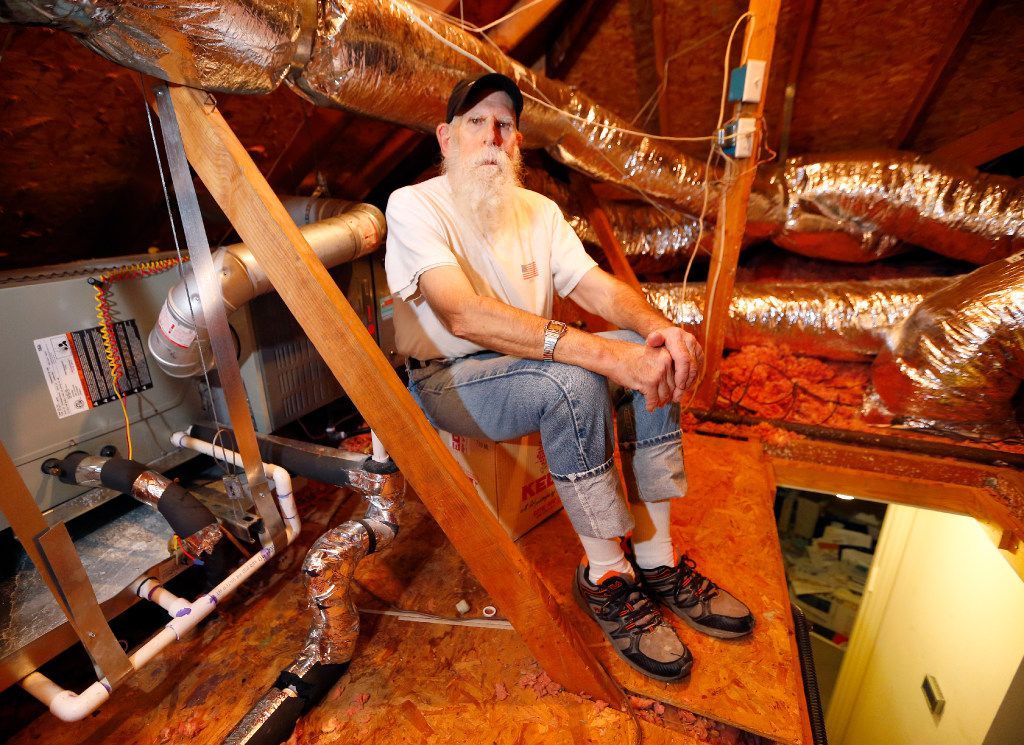

At 24/7 Local HVAC, we specialize in facilitating connections with top-tier HVAC professionals. Our focus is on bridging the gap between you and reputable HVAC companies operating within your local vicinity. It's important to emphasize that each of these HVAC entities functions independently and autonomously.
We firmly place the onus on every individual user to meticulously verify that any selected HVAC company aligns with the mandated licensing and insurance prerequisites stipulated by the governing authorities in their respective jurisdiction.
Furthermore, it's worth noting that our services may regrettably not cover all geographical areas. In instances where our services are available, the scope of offerings could potentially differ based on the composition of service providers present within that particular region.

